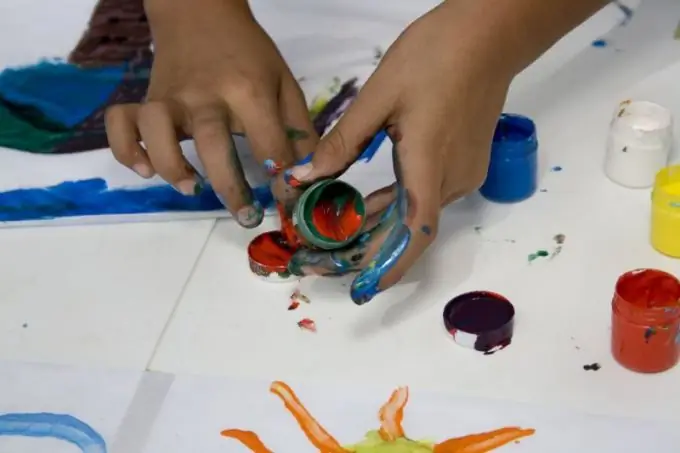Drawing is a powerful way to express emotions. It is not for nothing that many of the visual arts techniques are used in art therapy. If you want to express your mood or keep a memory of it, draw it on paper.

Instructions
Step 1
The most direct way to express a mood is to paint a self-portrait. You can choose the classic style. To do this, you need a mirror and knowledge of the proportions of the face. Choose the most suitable angle, expose, if necessary, additional lighting.
Step 2
First, sketch out the drawing, determining the height and width of the face. Place lips, nose, eyes on separate axes and determine what should be their size and shape. Be very careful about drawing the shape of the parts of the face - the mood that appears in the picture depends on it.
Step 3
If you tend to be humorous about your own mood swings, reflect it in the form of a cartoon. Depict the change in facial expression in an exaggerated form - enlarge your eyes, raise your eyebrows unnaturally, etc.
Step 4
Distortion of natural facial features is also required if you want to paint a portrait in one of the abstract directions. Here you can convey the mood through the choice of shapes and colors, which may differ from natural colors.
Step 5
However, you can reflect the state of mind not only through your own image. It will be convenient to show the development of your thoughts and feelings in the form of a comic. Come up with a short story in 3-5 sentences. Break it down into episodes, draw a separate "frame" for each one. Think about the composition in each section, and then the style of drawing the entire comic. The shape and color of the font will also help solve the problem if you want to add text to the story.
Step 6
When looking for shapes and lines that convey your mood, you can trust the chance. Draw a drawing using monotype or blots. Mix the desired shade of watercolor, gouache or acrylic on the palette. Apply it to smooth glossy cardboard or a piece of glass. Press it against a piece of paper. Take a closer look at the resulting spot - you will see a certain plot in it, which remains to be supplemented with several lines. Blots of ink or paint, randomly scattered on paper, can also become a clue for imagination.






